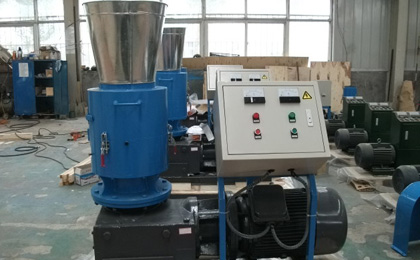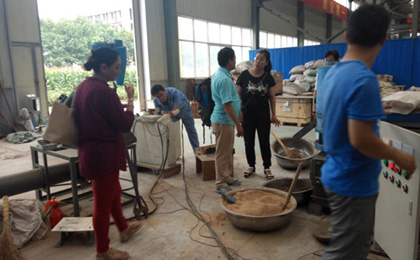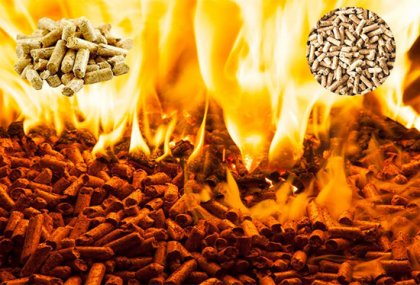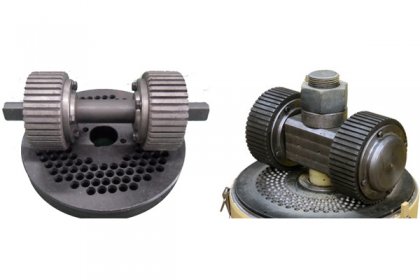Why replace burning coal with wood pellets?
In recent years, with the release of the national coal ban, many people have turned to wood pellets instead of coal, but do you know the advantages of wood pellets compared to coal burning? The following is a comparison of wood pellets and coal, which may tell you the answer.
Calorific value comparison of wood pellets and coal
The wood pellet fuel has a low carbon content of up to about 50%, and the wood pellet fuel has a higher oxygen content than coal, so the wood pellet fuel has a lower calorific value than coal.
Ignition comparison of wood pellets and coal
The hydrogen content of the wood pellet fuel is slightly higher, resulting in higher volatile matter. The carbon in the wood pellet fuel combines with hydrogen to form a low molecular weight hydrocarbon. After decomposition at a certain temperature, volatile substances are released. Therefore, wood pellet fuel is easier to ignite than coal.
Burn out rate comparison of wood pellets and coal
Wood pellets have low density, loose texture and are easy to burn. The density of coal is higher than that of wood pellets, resulting in less waste heat of wood pellet fuel than coal. Therefore, the wood pellet fuel burns more fully and the utilization rate is higher.
Sulphur content comparison of wood pellets and coal
The sulfur content of wood pellet fuel is only 0.02%-0.12%, while the sulfur content of coal combustion is generally 0.5%-6%. Therefore, wood pellet fuel is more environmentally friendly than coal and does not require a desulfurization unit.
CO2 emissions comparison of wood pellets and coal
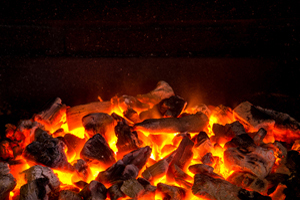
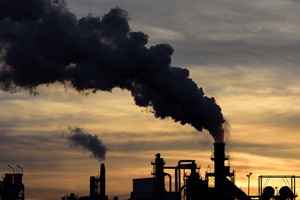
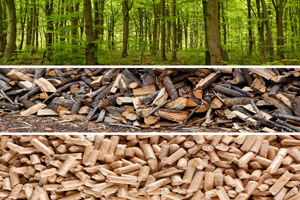
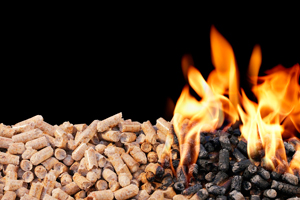
The carbon dioxide emissions of wood pellet fuel are almost zero, while the carbon dioxide emissions of power plant boilers are 2.36 to 2.37 tons per ton of coal, and the carbon dioxide emissions of industrial boilers are 2.6 tons per ton of coal. Therefore, wood pellet fuel emits less harmful carbon dioxide gas than coal.
Ash and slag utilization situation comparison of wood pellets and coal
The ash after burning wood pellet fuel is a high-potassium fertilizer that can produce fertilizers and recycle waste, while coal-fired slag brings more hydrology and land pollution. Therefore, the wood pellet fuel has better ash and slag utilization than after coal combustion.
Comparison of the impact of wood pellet fuel burning and coal combustion on the environment
It belongs to waste utilization, realizes recycling of resources, and is harmless to the environment. Coal combustion brings more waste pollution and air pollution.
Combustion carrier comparison of wood pellets and coal
In principle, biomass boilers designed specifically for raw wood pellet fuels can burn coal with higher combustion efficiency and lower emissions. The design of coal-fired boilers is usually backward and cannot be burned without biomass pellets. In addition, the converted coal-fired boiler has low combustion efficiency and low utilization rate of wood pellet fuel.
Comparison of thermal efficiency utilization of wood pellet fuel and coal-fired boiler
The thermal efficiency of wood pellet fuel boilers is as high as 85%, and the thermal efficiency of coal-fired boilers is generally 65%. Therefore, coal-fired boilers waste more resources and have lower utilization rates.
Price comparison of wood pellets and coal
The price of wood pellet fuel is lower than that of high quality anthracite and sulfur-free coal, which is higher than that of inferior coal. Compared to the overall cost, the operating cost of wood pellet fuel is almost the same as the operating cost of coal combustion.
Based on an analysis of ten comparisons of wood pellet fuels and coal-fired fuels, it is a common trend for wood pellet fuels to replace coal-fired fuels. In order to leave a productive environment for our children and grandchildren, we have a responsibility to eliminate coal burning and promote wood pellet fuel.


